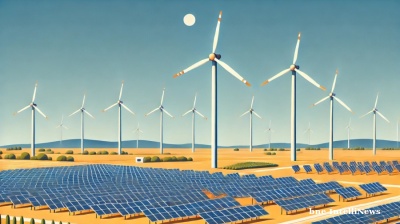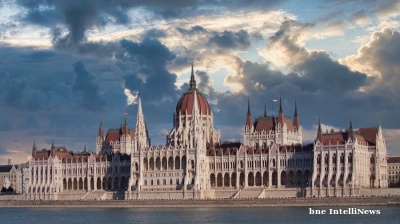Russia’s permafrost is melting but the ground is still frozen, trapping gigatonnes of primoradial CO₂ in the ice. However, as temperatures rise, the Arctic regions are already releasing more carbon dioxide than they are absorbing, according to a new set of papers by Ted Schuur, Regents' Professor of Biological Sciences at Northern Arizona University, and his colleagues in the Permafrost Carbon Network.
The world's most northern ecosystems, including the northern circumpolar permafrost region, are an important storage reservoir of organic carbon. Although this region, which includes the tundra and much of the boreal forest, contains only 15% of Earth's soil area, it stores around one-third of the world's soil organic carbon, according to the research.
“Currently, permafrost ecosystems are warming three to four times faster than the rest of the planet, which is resulting in increased carbon cycling and increased respiration in the region. Although human activities are still the dominant contributor of greenhouse gas (GHG) emissions to the atmosphere, researchers expect additional emissions from the Arctic permafrost to accelerate future climate change by 10%-20%, with an anticipated impact comparable to a large, industrialized nation by 2100,” the climatologists report.
These emissions are poorly accounted for in the Paris Agreement targets, which aim to limit global warming to 1.5C. As bne IntelliNews reported, the climate models are wrong. These future emissions from permafrost are not accounted for in the targets that 196 countries set as part of the Paris Agreement. Both global and national carbon emission cuts need to be more ambitious to account for permafrost thaw and still meet agreed temperature targets. And the world is already burning through its carbon budget at an unsustainable rate if the 1.5C temperature threshold is not to be breached.
In one study, published in Nature Climate Change, the researchers analyzed multiple decades of annual carbon dioxide flux data from 70 sites in both permafrost and non-permafrost ecosystems, including summertime data from 181 ecosystems.
They found that while non-permafrost systems can store more carbon during summer growth, permafrost areas are releasing significant amounts of carbon in the fall and winter. Sue Natali, a co-author and senior scientist at the Woodwell Climate Research Center, noted: "We're seeing permafrost areas release more carbon in the [autumn] and early winter than they used to, a consequence of rising temperatures and deeper thaw during the summer."
Another article published in Nature used data from 56 experiments across 28 tundra sites to simulate warming effects, finding a 30% increase in ecosystem respiration – the uptake and release of CO₂ over the course of a year – with a mean temperature rise of 1.4°C in the air and 0.4°C in the soil.
The conclusion: the permafrost region have gone from being carbon sinks to a net source of new carbon emissions into the atmosphere in the last few years – one that the researchers expect to increase over time.
The third paper highlighted the impact of the Russian invasion of Ukraine on climate research. The conflict has limited access to vital permafrost data, as 27 key monitoring sites in Russia have been lost. This network had accounted for 55% of landscape variability across the permafrost region, and replacing these sites in North America would only recover 80% of the lost data, as certain Russian ecosystems lack North American analogues.
bneGREEN

Kyrgyzstan says neighbours “upset” by country’s lack of water
“This year we were supposed to overcome shortages, but instead, they have intensified,” deputy head of cabinet tells Uzbekistan and Kazakhstan.

EXPLAINER: What is the EU’s CBAM and how will it affect global trade from 2026?
The European Union’s Carbon Border Adjustment Mechanism (CBAM) will enter its full operational phase on January 1, 2026, marking a major shift in global climate and trade policy.

Iran faces critical water crisis after driest year in five decades
Iran faces critical water crisis after driest year in five decades with 40% nationwide rainfall drop.

Global renewables to double by 2030, but IEA warns momentum must accelerate
Global renewable energy capacity is on course to double by 2030, reaching 4,600 GW—comparable to the current combined total of China, the European Union and Japan—according to the International Energy Agency’s Renewables 2025 report.


